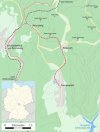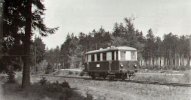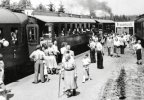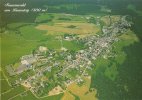The Dosto (Doppelstockwagen)
Some background to these iconic vehicles.
1951
This allowed for the construction in 1951 of the first four-section double-decker DBz train (DB7), which was to solve the transport problems in the DDR. The train met the expectations of the East German railways (Deutsche Reichsbahn - DR) and increased production of double-decker car sets began, also for export to the USSR. It is worth adding that the first DBz was designed as a two-way train with a steering car.
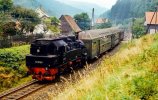
1952
The first car with a prototype arrangement of wooden seats left the factory on February 13, 1952. There was a 2 + 3 arrangement on the upper deck (in one row across the car there were two benches separated by a passage: one had two, the other - three seats). On the lower deck, large benches were placed along the side walls and in the middle, passengers sat sideways facing the direction of travel (a scheme currently used only in places for travelers with more luggage and bicycles, and on some rail buses, eg SA103 ). In 1953, the 2 + 3 layout was also used on the lower deck. Wooden benches have been replaced with semi-soft seats. The 2 + 2 layout appeared in newer models.
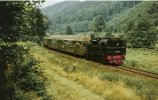
1954
152x units from this series are built from 1954 onwards by
VEB Waggonbau Görlitz.
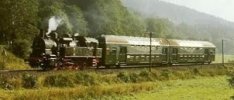
1955
After the cessation of the third class in 1955, the cars were reclassified to the second class . In 1959, after supplying the domestic rolling stock, further units were exported to other socialist countries, including the People's Republic of Poland, where they were repainted in a similar way to those in the GDR: with the big name of the carrier on the lane between the windows of two levels.

1970
The production of wagons with a push/pull control element was started.
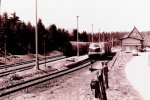
1990s on
By the '90s, the coaches were showing their age brought upon by continual use, lack of funding for all but basic maintenance, new environmental legistlation of asbestos meant upgrades (and disposal) was not economically viable and new types for intense services based on a Talbot design replaced them in Germany.
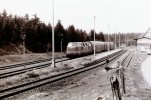
Today
A set or two remain in preservation though blighted by their asbestos insulation.
Models

For most modellers of the DDR, their first 'dosto' was the Schicht model of the Dosto, the image is an unrestored example, first released in 1963, over 60 years ago and still sought after.
50 years later, Rivarossi, offered both 2 and 4-car sets.


All the prototype images were captured on the Rennsteig, Thuringia
The next episode is the stocklist






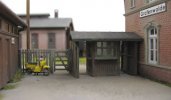
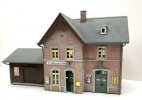


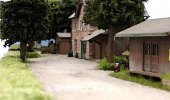

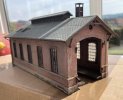
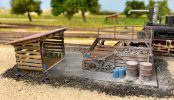


































 !
!
